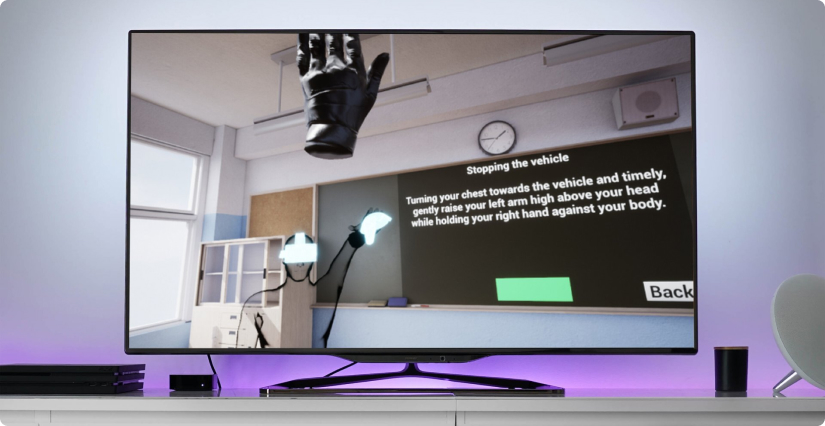Learn traffic regulation rules with VTS VR.
For traffic service regulation companies, police, fire brigade, military, construction companies & all people who want to acquire theoretical and practical knowledge to successfully regulate traffic.
We use the best VR technology for traffic regulation simulations. We provide the real life experience from the comfort of your home, or from a training center. Practice any time, polish up your skills and get ready to use them on the road. Benefit of pre-produced scenarios, or create virtual traffic situations according to your needs.
Traffic regulation training is just one of many possible VR applications we can produce for you. Have an idea? Bring it to us!
Platforms: Unreal Engine
Industry: all industries that requires virtual training fro traffic regulation
Technology used: Unreal Engine
Project length: 12+ months


